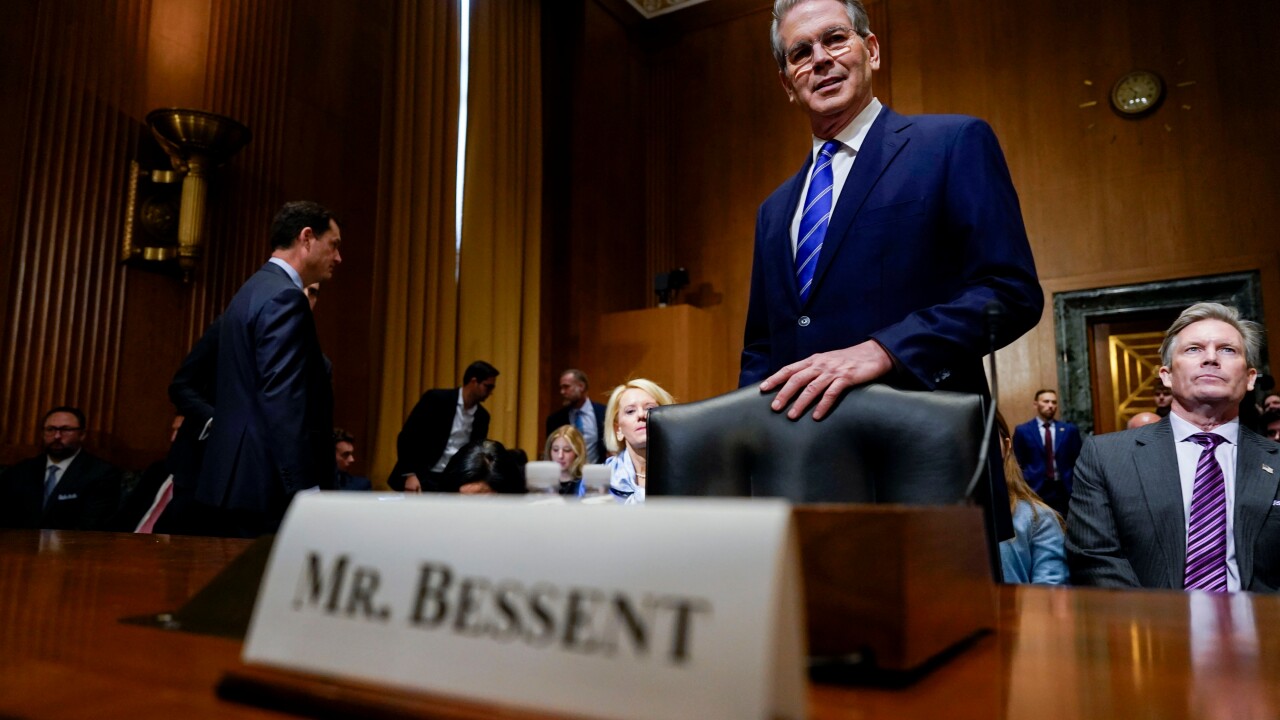The “
As it pertains to law enforcement, what was once thought to be success related to some aspects of the broken-windows approach has been largely debunked by research, including a 2006
Regulators at the Federal Reserve have kept the pressure on banks all aspects of the business in their reviews and examination since the crisis. In response, banks have significantly increased the ranks of employees in risk and compliance. The Code of Federal Regulations published by the Government Printing Office now needs three volumes to cover the securities-related regulations, up from two volumes in years past.

But more regulations do not necessarily result in better outcomes. Requiring banks to prioritize every rule may lead to them prioritizing none. The heavy focus on granular details of compliance communicated by regulators might mean supervisors and bankers could miss the big picture. In other words, a “broken windows” approach to regulations may not achieve the desired result.
Take stress tests, for example. On June 22, the Fed released the test results for 34 of the nation’s largest banks. All exceeded their minimum thresholds. The regulators’ scoring process consists of both quantitative and qualitative measures. The need to meet regulators’ exacting standards has led to the implementation of large-scale programs at each of the major banks to ensure effective execution.
Yet we will not really know the effectiveness of stress tests until we experience the next crisis. Are banks that fail a stress test less safe, and are those that pass more safe? On paper, we might presume to know the answers to those questions. But while stress tests assess the capital adequacy of large banks, it is hard to know whether we have assessed the adequacy of the test itself.
Banco Popular’s 2016
In other areas, the big picture — the pivotal regulatory needs to ensure system safety — may be getting lost in the drive to enforce what government officials tout as improved controls over risk-taking. While banks have been able to put in place, across all areas of their businesses, many sensible and effective controls to mitigate risks, regulators continue to push each year for new controls and details to make incremental improvements.
For example, banks have constructed very detailed, almost labyrinthine, controls to address
A second example of the broken-windows theory in financial services regulation is demonstrated by the nature of recent enforcement actions. The Securities and Exchange Commission has pursued over the years severe enforcement actions against the smallest and the largest of firms — 868 for example in 2016 — according to its website. Does it make sense for the SEC to spend resources on the prosecution of individuals for committing relatively petty crimes and perhaps take away the focus from other larger and more significant targets?
In both of the above examples, the argument in favor of these approaches might be that focusing on the letter of the law in every case — as with broken-window policing — means individuals are persuaded to adopt more socially compliant behavior that conforms to the regulations imposed their institutions. This is perhaps a reasonable position but do we see any evidence that that is the case? First, it is not clear if financial crimes have yet reduced over the past eight years. In fact, there continue to be a steady drumbeat of fines and scandals discussed and reported in the press. Second, just as with crime in general, we do see peaks and troughs in the identification and participation in major financial scandals and crimes. The dot-com bubble was followed by several scandals and fines related to Enron and stock analysts’ overly rosy predictions. Similarly, the 2008 financial crisis was followed by several mortgage securities-related incidents and fines, some of which were still being paid through 2017. Have the actions taken by regulators resulted in safe markets or has this been part of a secular trend that reflects broader economic and market cycles?
The better approach might be, rather than hounding the relatively minor misdemeanors and small fish, to focus on the larger issues and examples of malfeasance. In a world where regulators’ budgets are significantly constrained, this might be a smart way to proceed.





